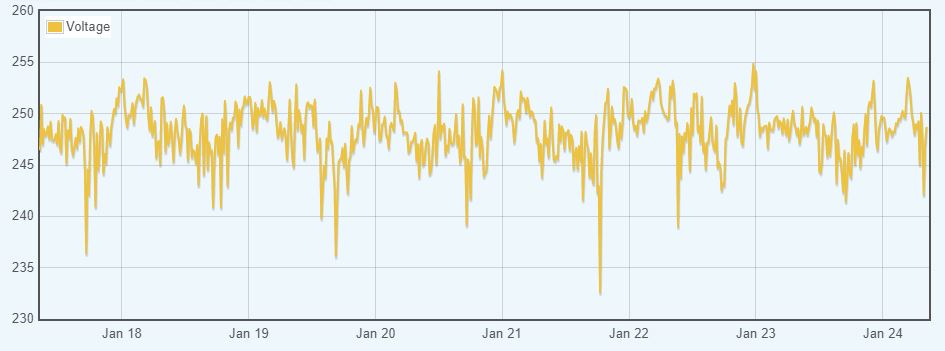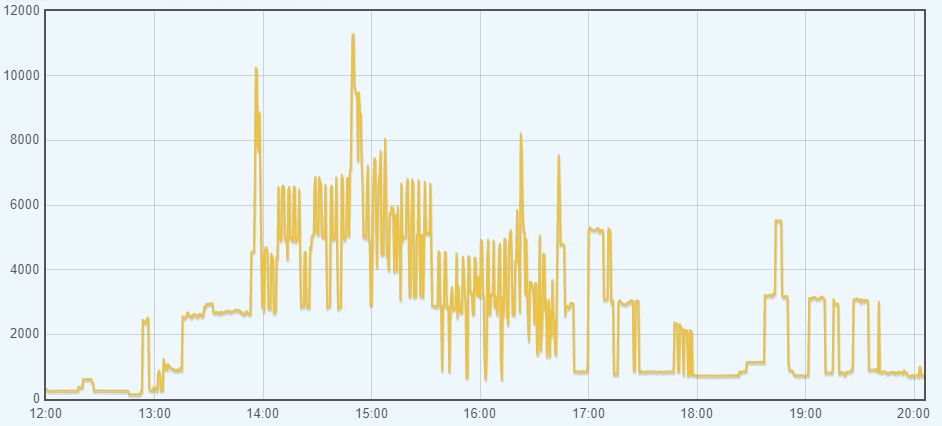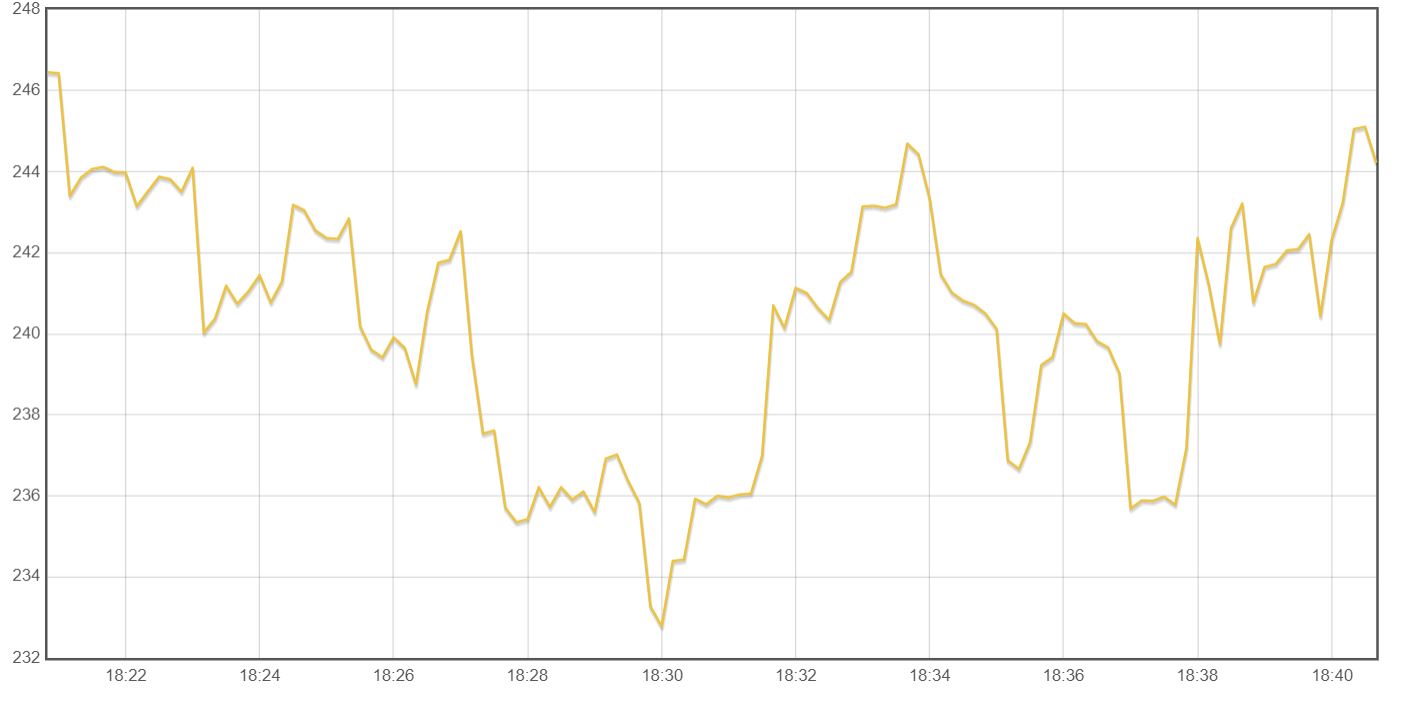I do sometimes check our mains voltage, when my Fluke is to hand and for decades it has always shown 240v +/- 1v. I have even had a min/max logging Fluke on it for 24 hours, with show the same variation. Unusually, I checked it yesterday it read 244v.
I have an energy monitor hooked up that has a voltage sense transformer connected which provides a record of my supply voltage. Mine seems to vary to quite a large degree. I've compared the readings I get from it to two different multimeters and and a multifunction tester and they always match so I have no reason not to believe the accuracy of the results.





